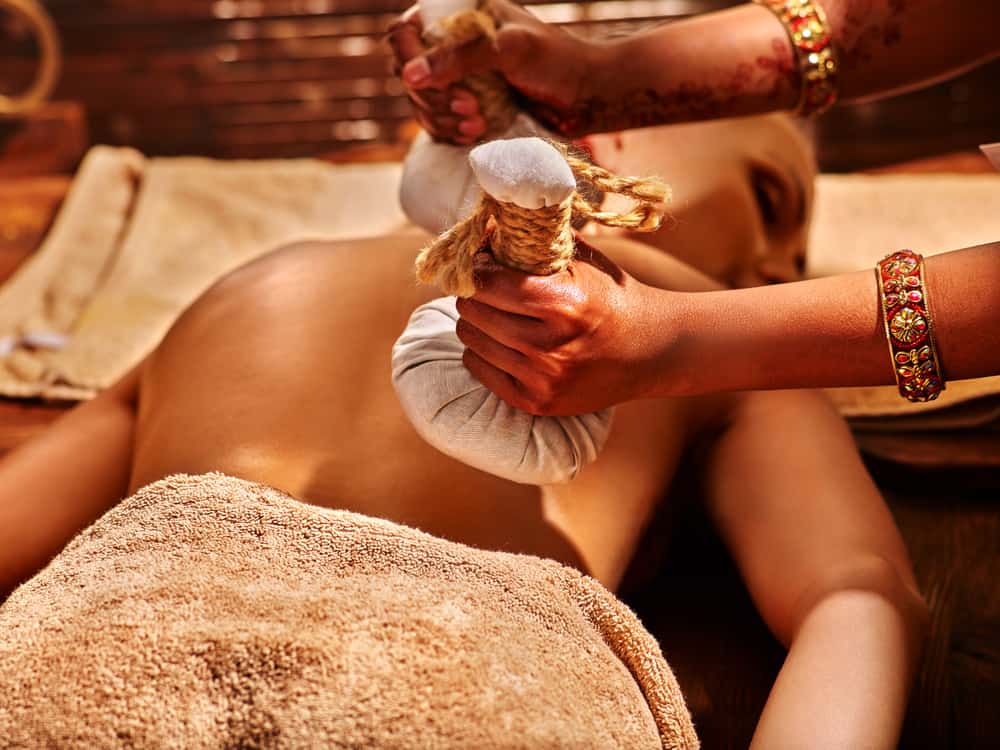The gift of Ayurveda is panchakarma. There are various allusions to Panchakarma in the classical Ayurvedic teachings. The Caraka Samhita, Susruta Samhita, and Vagbhata’s AshtangaHridayam are all included in Brihathrayi. Kerala’s Ayurvedic treatment employs panchakarma as a living tradition.
Panchakarma is a term used to describe five operations. Therefore, panchakarma refers to five factors, deeds, or karmas.
The “life of science” is ayurveda. According to Ayurveda, there are two ways to administer treatment: “Shamana” and “Shodhana.”
Shamana involves employing medications to inhibit the body’s dosas, while Shodhana involves eliminating toxins using Panchakarma.
In panchakarma, the body is cleansed and its poisons are removed. Because the body’s poisons (AAM) are eliminated, many ailments are totally healed.
As a result of poor eating habits, insufficient nutrition, insufficient exercise, and an unhealthy lifestyle, the ordered metabolism becomes disorganised. As a result, our bodies create toxins (Aaml – Acid), which build up and obstruct various channels (Strothas) and cause a range of diseases.
1. Vamana – This therapeutic vomiting procedure is used to expel toxins from the digestive and respiratory tracts by removing extra mucus, which causes “Kapha.” The process has the knock-on effect of making the person feel fantastic.
2. Virechana – This is a purgation-inducing therapeutic technique for eliminating pitta poisons from the body. For conditions including headaches, hyperacidity, digestive issues, asthma, and gynaecological diseases, among others, it is proven to deliver outstanding benefits. Laxatives, severe purgatives, and others are among the purgatives.
3. Vasti – Vasti is a crucial component of Panchkarma and is used specifically to treat Vata or rheumatic problems. It must be conducted under the supervision of an Ayurvedic professional. Using ayurvedic oils and herbs, the body’s doshas, or poisons, are released through the anus or vaginal canals. Calamus oil, sesame oil, and other oils are utilised throughout the treatment. Although there are other varieties of Vastis, the four most common are Uttaravasti, Kashayavasti, Snehavasti, and Sirovasti. Treatment of Vata via panchakarma is incredibly successful.
4. Nasya – As the name implies, this therapy targets the nasal passages and is used to clear the neck and head region of toxins such sinus and congestion. Nasika kalpana and nasyakarma are the names of the formulas and the process, respectively.

